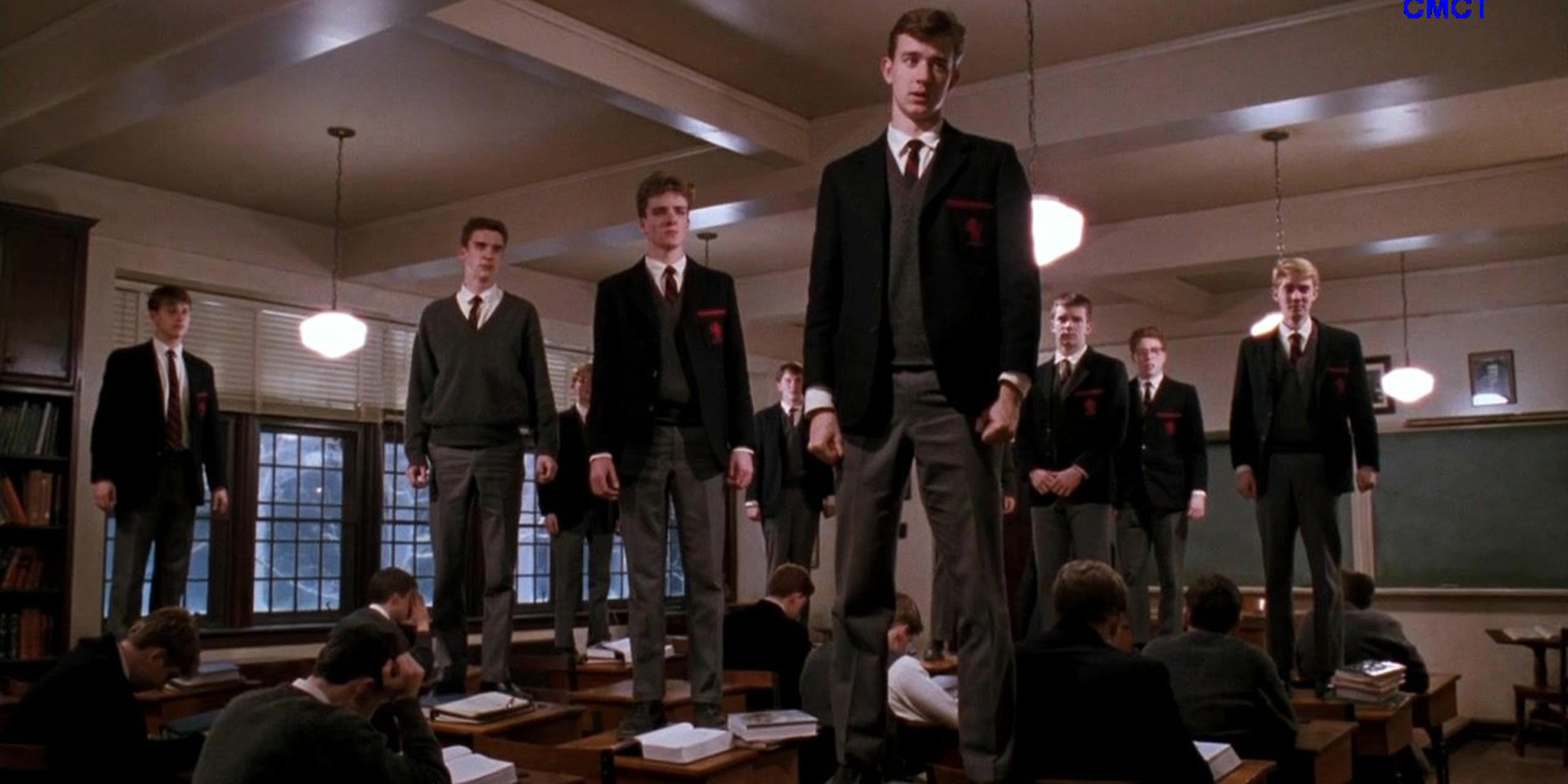Young people can benefit from an open discussion about suicide, says Stephanie Wilks
Young people can benefit from an open discussion about suicide, says Stephanie Wilks.
Suicide is the leading cause of death for young people but it can be difficult to talk about, Ms Wilks, national service manager at Headspace, says.
Thoughts of suicide are not actually that uncommon, she says. The lifetime occurrence of suicidal thoughts is 30% in the population, with 24% having suicidal thoughts in the past year.
However, it is uncommon to act on those thoughts, with 12.17% attempting suicide in their lifetime and 5.10% in the past year.
Australia has hit a t10year peak for the number of people who have died of suicide, says Ms Wilks.
Starting safe conversations about suicide in schools is challenging, but stopping memorials or information exchange is not the way to avoid glamourising suicide, she says.
[media_embed]https://www.youtube.com/watch?v=62HgAWN8qmY[/media_embed]
If people are talking about the suicide, schools and parents need to acknowledge the suicide and be open to discussing it within the boundaries of safe guidelines, she says.
“Safe and monitored spaces for young people should, and can be established inclusive online spaces.
“This is where young people can discuss grief reactions and sadness as well as learn ways to look out for friends.”



